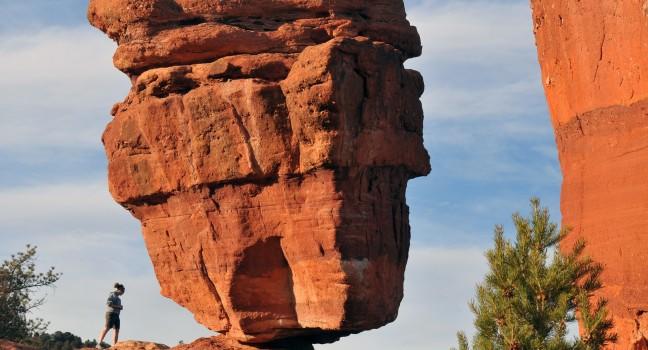Cave of the Winds
Discovered by two boys in 1880, the cave has been exploited as a tourist sensation ever since. The only way to enter the site is by purchasing a tour, but once inside the cave you'll forget the hype and commercialism of the gimmicky entrance. The cave contains examples of every major sort of limestone formation, from icicle-shaped stalactites and stump-like stalagmites to delicate anthodite crystals (or cave flowers), flowstone (or frozen waterfalls), and cave popcorn. Enthusiastic guides host easy 45-minute walking tours, adventurous cave expeditions, and lantern tours that last 1½ hours. An outdoor ropes course and rides like the Terror-dactyl, which swings riders off a 200-foot cliff, offer more fun outside of the cave.




